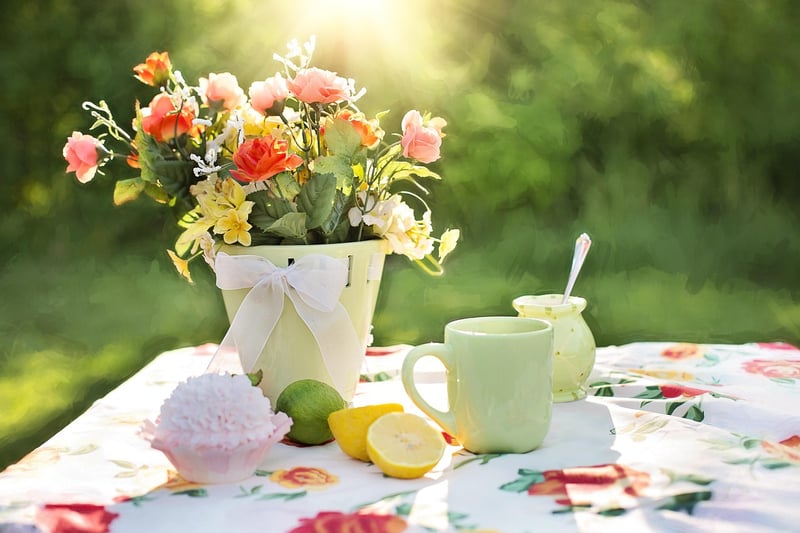Water-saving landscapes
Creating an Eco-Friendly and Sustainable Garden Sanctuary
The Importance of Sustainable Gardening
Creating an eco-friendly garden sanctuary not only benefits the environment but also provides a peaceful and beautiful space for relaxation. Sustainable gardening practices help reduce waste, conserve water, and support local biodiversity.
Designing Your Garden Sanctuary
When planning your garden sanctuary, consider using native plants that require less water and maintenance. Incorporate a variety of plant species to attract pollinators and create a balanced ecosystem.
Water-Saving Landscapes
Implementing water-saving landscapes is crucial for sustainable gardening. Choose drought-resistant plants and use mulch to retain soil moisture. Consider installing a rainwater harvesting system to collect and reuse rainwater for irrigation.
Creating Habitat for Wildlife
Invite birds, butterflies, and other wildlife into your garden sanctuary by providing food sources, water sources, and shelter. Avoid using pesticides and chemicals that can harm beneficial insects and pollinators.
Maintaining Your Garden Sanctuary
Regular maintenance is key to keeping your garden sanctuary thriving. Practice organic gardening methods, such as composting and natural pest control, to promote a healthy garden ecosystem.
Conclusion
By designing an eco-friendly and sustainable garden sanctuary with water-saving landscapes, you can create a harmonious space that benefits both you and the environment. Embrace sustainable gardening practices and watch your garden flourish while reducing your ecological footprint.
Resources:


